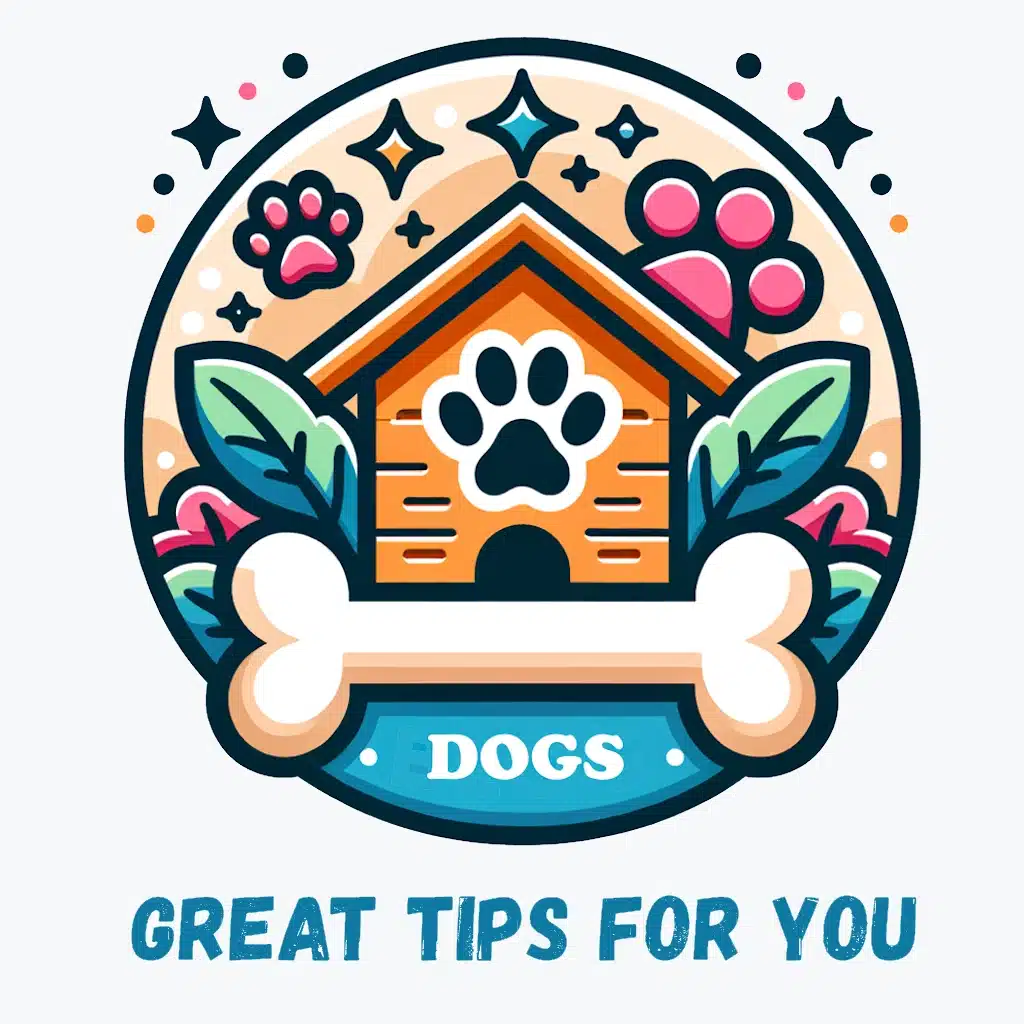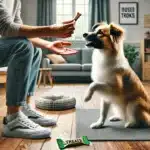“Hide and Seek” isn’t just for kids — it’s a mentally stimulating, highly rewarding game that taps into your dog’s natural instincts to track, sniff, and solve problems. Teaching your dog to find hidden objects builds focus, confidence, and strengthens your bond — all while giving their brain a fun workout.
In this guide, you’ll learn how to teach your dog the basics of scent-based hide-and-seek, plus variations to keep the game exciting and challenging over time.
Why Hide and Seek Is Great for Dogs
This game works because it mimics natural foraging and tracking behavior.
Benefits of teaching your dog to find objects:
- 🧠 Mental stimulation and cognitive exercise
- 👃 Scent work that engages their strongest sense
- 🐾 Physical movement in a controlled, low-impact way
- 🤝 Improved communication and bonding
- 😌 Stress relief and emotional regulation
It’s ideal for dogs of all ages — puppies, adults, and even seniors.
What You’ll Need
- A smelly treat or favorite toy
- A quiet space with multiple hiding spots
- Patience, praise, and a sense of fun
- (Optional) A cue word like “Find it!” or “Search!”
You don’t need special equipment — just enthusiasm and a dog ready to sniff!
Step-by-Step: Teaching Your Dog to Find Hidden Objects
🟢 Phase 1: Intro with a Visible Object
Start by building the basic connection between the object and the reward.
- Let your dog watch as you place a treat or toy on the floor
- Say your cue (“Find it!” or “Go search!”)
- When your dog goes to the item, praise and reward
- Repeat a few times in different visible locations
Keep it easy — success builds motivation.
🟡 Phase 2: Partial Hiding
Once your dog understands the goal, add a bit of challenge.
- Place the treat or toy just under a cushion, behind a table leg, or slightly out of sight
- Say the cue
- Let your dog sniff it out — don’t point or interfere
- Celebrate big when they find it!
This teaches them to use their nose, not their eyes.
🔴 Phase 3: Full Hiding Without Visual Cues
Now the real game begins.
- Ask your dog to “Wait” in another room (or have someone hold them)
- Hide the item somewhere in the room — behind furniture, under a towel, inside a box, etc.
- Release your dog and say “Find it!”
- Allow sniffing and exploration — praise persistence
- Reward when they locate the hidden object
You can vary difficulty based on your dog’s skill level.
Tips for Success
- Use high-value rewards to keep motivation high
- Avoid helping too much — let your dog figure it out
- Don’t rush or scold if they struggle — it’s about learning and fun
- Keep sessions short and end on a win
- Always celebrate and reinforce their success
- Start easy again each day, then build difficulty
This keeps your dog engaged and excited, not frustrated.
Advanced Versions of the Game
🎾 Object Discrimination
Teach your dog to find specific toys by name.
- Present multiple toys
- Ask for “Find your ball” or “Find bunny”
- Reward correct choices
- Add new toy names over time
Some dogs learn to recognize 10–50 objects!
👃 Scent-Specific Tracking
Use scented objects to create tracking challenges.
- Rub a treat on a cloth or toy
- Hide the item without food attached
- Let your dog follow only the scent trail
- Use for more advanced nose work practice
🏠 Whole-House Searches
Once your dog has mastered room-level hide and seek:
- Expand to multiple rooms
- Hide items upstairs or behind closed doors
- Send your dog on a true treasure hunt!
This boosts endurance, focus, and confidence.
Hide and Seek with People
Want to take the game further?
How to play:
- Ask your dog to stay
- You (or someone else) go hide
- Say “Come find me!”
- Let them sniff their way to you
- Reward with affection, treats, or a toy
This is a fantastic way to build recall and attachment — and it’s always fun!
Final Thoughts: Find It, Learn It, Love It
Hide and seek is more than a game — it’s an opportunity to let your dog do what they were born to do: sniff, search, think, and succeed.
No fancy equipment, no big yard, no prior training needed. Just you, your dog, and the joy of the hunt.
Because when your dog learns to “Find it!” — they’re really finding confidence, enrichment, and connection with you.







